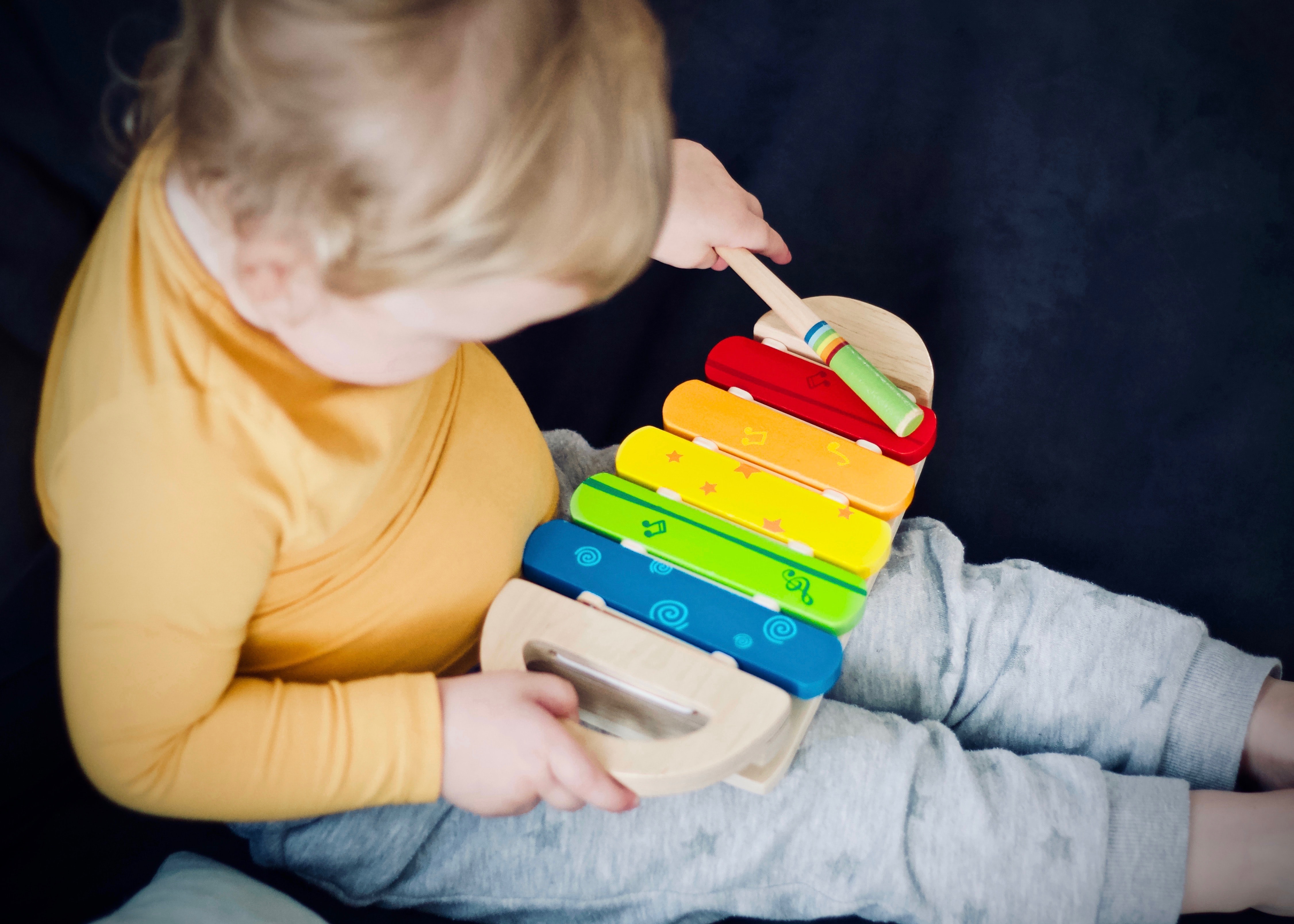Cause and effect play often happens spontaneously when a child realises that some action they initiated has a certain effect, often unexpected or novel. Every time the child drops the fork on the floor and mum picks it up, every time they jump into a puddle and mud splashes everywhere, every time they pop a balloon, and it makes a loud pop noise – the child discovers that their actions will lead to certain reactions.
Cause and effect play can support learning in many ways. Children learn to predict certain outcomes and feel a sense of control over their environment. Early awareness of cause and effect begins when babies and young children don’t just cry to get their needs met but they begin to “notice” that by crying they can get someone’s attention. This is an important experience for a child whose life is essentially completely organised and run by the adults around them.
The repetitive actions in cause and effect play can form and strengthen new connections in the brain and support growth in many areas of development including language, gross and fine motor coordination. It also supports children’s emotional development, both through the enjoyment of the activity and bonding with an adult or peer who are taking part in the fun.
The ability to recognise cause and effect can then further develop into children thinking about alternative outcomes and explanations of a situation. This is an important skill progression as it allows us to step into others’ shoes and build different perspectives. For instance, a child does not want to share toys with others when playing with friends (cause). This can lead to the friends being upset and not wanting to play anymore (effect). The child then may think further, “when I share my toy, maybe my friend won’t be upset. Maybe we can then play and have fun together”.
Here are some examples of cause and effect play you can introduce to your child:
· Musical instruments such as maracas and xylophone – they can learn when they shake, the sound begins and when they stop, the sound also stops. Parents can guide what effect it brings when they are shaken or tapped softly, loudly, quickly and slowly.
· Cause and effect play can happen during our daily activities. When going for a walk, try walking over dry leaves and hear those crunchy sounds! Or when it’s raining, shake the umbrella and see the rain drops splashing out.
· For older children, playing Jenga can be a great cause and effect game. When we pull the block out too quickly or roughly, the tower topples!
Author: Kaylee Cho – Occupational Therapist


0 Comments